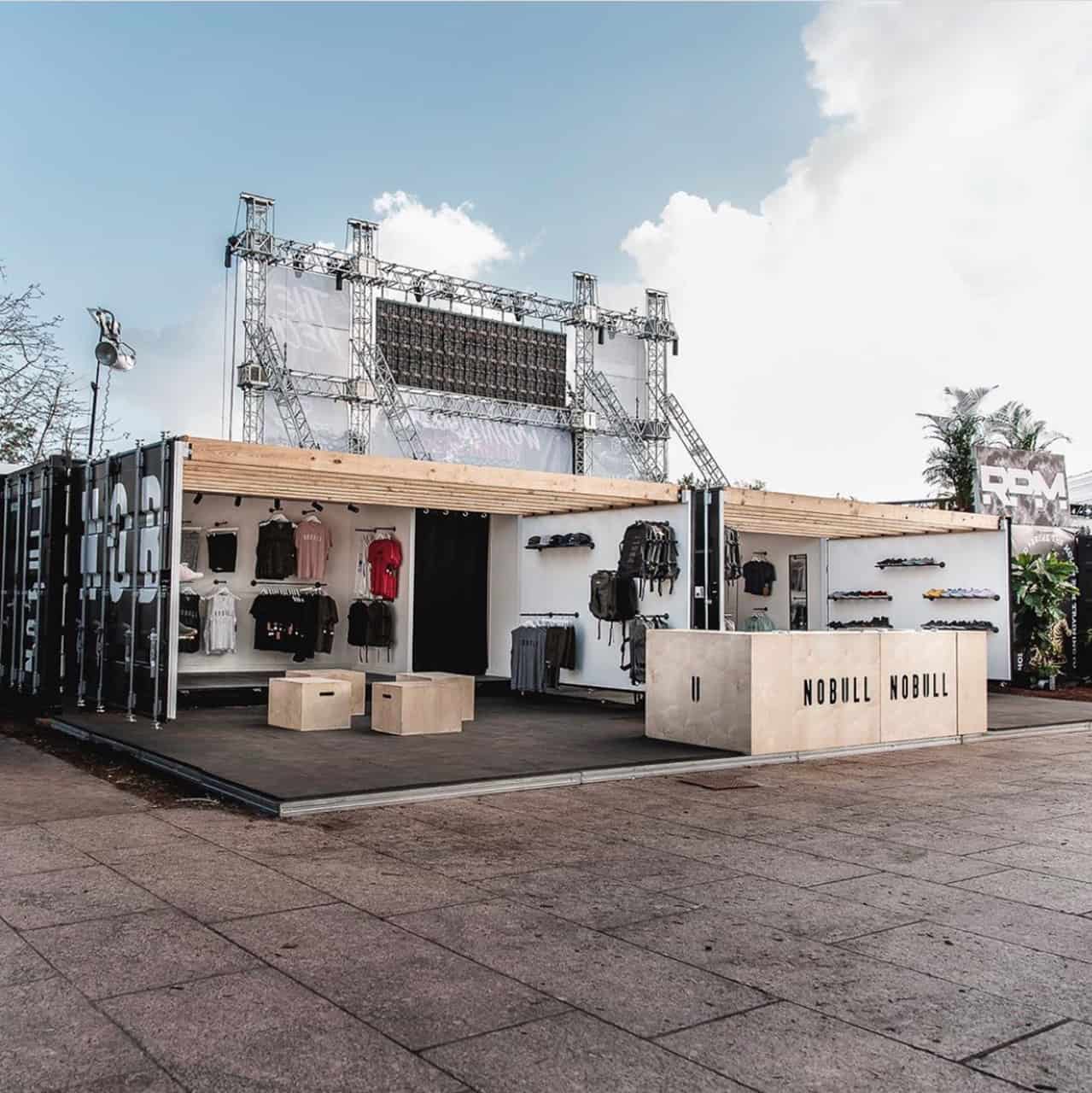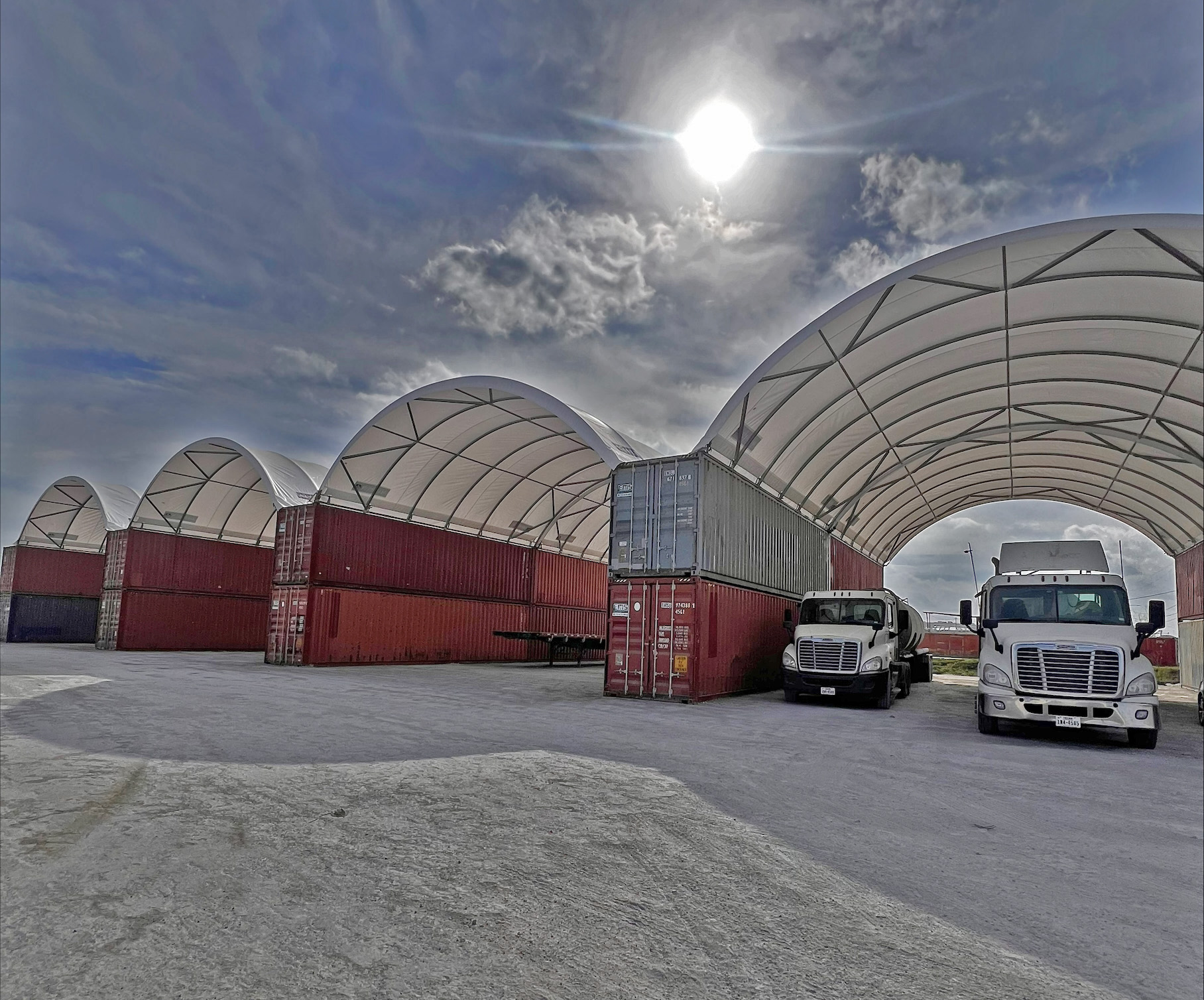In the not to distant past, the movement of even the smallest of goods (like a piece of jewelry or a child’s toy) could take multiple transitions through different shipping containers. These days, however, an inter-modal container can ship a product halfway around the world without ever opening its doors to the light of day.
The evolution of these convenient, adaptable containers is a fascinating one.
Intermodal Container History
The history of intermodal transportation begins before mixed goods containers were considered.
The true intermodal definition includes the transportation of goods across multiple modes of transportation without any handling of the goods themselves.
To qualify, even roughly, as an intermodal container, a container needs to transport goods and be transported by several means. The modern definition implicitly states that containers handle multiple internal boxes.
The Ancient World
Go back far enough and freight was shipped in whatever happened to hold enough of it to be worth sending off without breaking. Sacks, barrels, and crates all served the purpose of keeping goods together from as far back as 3000 BCE.
Horses carried goods inland to boats and boats sailed short distances across the Mediterranean or other short waterways. The boats were unloaded and the sacks were loaded onto other horses and onward it went.
It isn’t until the 18th century that the idea of stacking containers onto each other created the first need for real intermodal designs.
First Containers
It probably won’t surprise anyone to learn that the first containers transported coal. This is a material needed in bulk at the outset of the Industrial Revolution, and it would, by necessity, look for the fastest routes.
Coal shipping boxes started out as wooden structures called tubs. These moved along canals through England in the last part of the 18th century.
By the mid 19th century, the tubs would be transferred from a barge to a railway. While coal is a single commodity, the same container being used as both a transportation medium and storage made these tubs the first true intermodal containers.
At the dawn of the 20th century, covered containers made their debut. These could be transferred more easily between the now robust rail system and the emerging roadways.
Developing Standardization
As the transportation mediums scaled up in both speed and size, containers needed to standardize.
This allowed loading equipment for the containers to be designed. This also allowed logistics supervisors to plan for usable space.
Amorphous shapes were harder to space evenly and could cause issues such as drag and sheer at even the low (by today’s standard) speeds of rail and trucks.
Early containers of the 1920s barely measured more than 5 x 10 feet. They were not sturdy enough for stacking and frequently had sloped and curved ceiling joists.
Major advances in containers built for speed and with a high strength to weight ratio came about in World War II. Military supplies needed to move quickly and the containers needed to weigh less than the supplies inside.
Piggyback transport was used by loading trailers onto rail-car flats. This was the fastest way to move cargo without ever touching it and without cranes.
With cranes, large railway companies began moving dedicated containers onto truck beds as early as the 1950s.
Containerization
Cargo started to move from country to country and across the oceans. The volume of freight demanded that ports and railways be equipped to deal with containers from all over.
This lead to a standardization of sizes and categories of weight across international borders. The designation of containers, or containerization, gives a total set of dimensions and weight.
The European standard came first in 1933. The standardization of containers were introduced across two categories: heavy and light. Each type also allowed for differences in open and closed type containers. Heavy containers were limited at a mass of five tons, paltry by today’s needs.
Since 1984, modern intermodal equipment providers have been using containers capable of double-stack transport.
This technique allows rail cars to carry two containers at once with appropriate safety. Ships can stack containers higher as they have less overall inertia per container.
Modern Day
Currently, intermodal transportation standards are set by the ISO. These lay out three common sizes based on the 20-foot length increments of ships and rail flats. Though standards exist, they are upper limits, not exact.
An intermodal container might be 20 feet in length but then have an irregular height and width. The height and width doesn’t cause problems when shifting from one transportation modality to another.
The designation of twenty-foot equivalent units (TEU) makes shipping records quick and easy to approximate. The three common sizes breakdown as follows:
- high-cube: 40 x 8 x 9 and 6 inches
- two TEU: 40 x 8 x 8 and 6 inches
- one TEU: 20 x 8 x 8 and 6 inches
Variations on the height are most common with 4 and 3 inches appearing as a minimum range.
Internal equipment variations also exist. Most notably tankers, which have a standardized size in the outer shell but a rounded liquid container inside. Reefers, or refrigerated units, exist with the refrigeration units inside the container structure.
Finally, swap body containers are intended for free-standing offloads. These aren’t suitable to stack but have folding legs that make them usable without a crane.
Get Equipped
The history of intermodal container types isn’t as long as some technology. With only two hundred and fifty years beneath its belt, this tech has still manage to make major strides in capacity and speed.
If you need intermodal bulk containers for your freight needs, contact us for details on our stock and offerings










